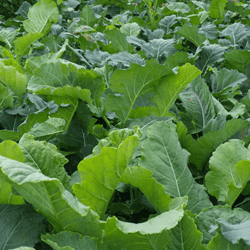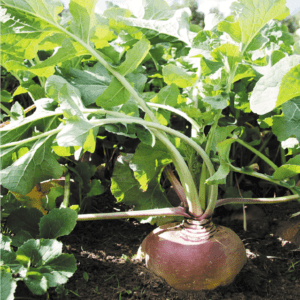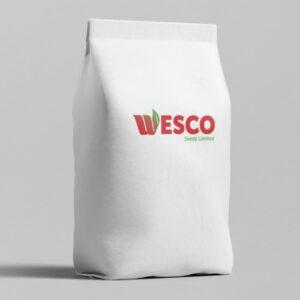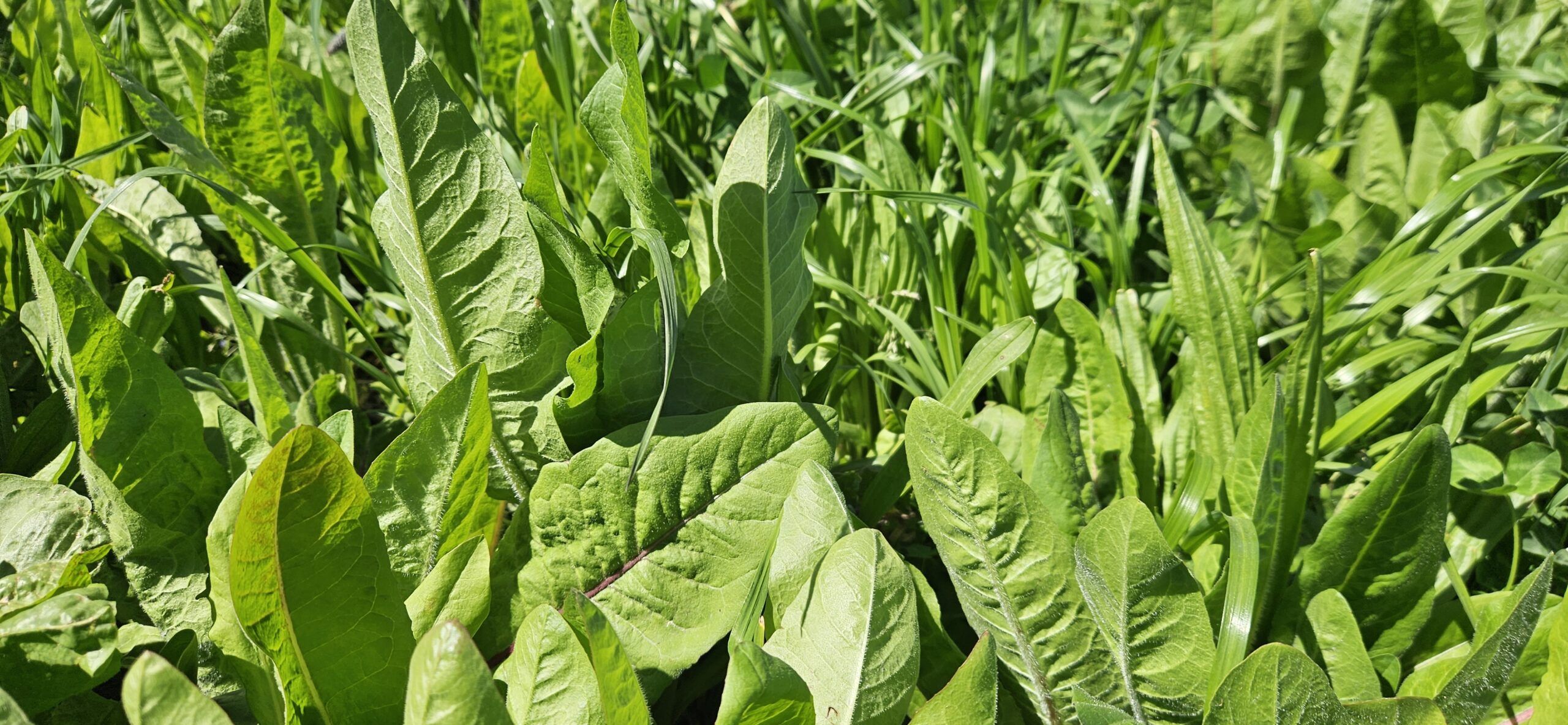Chico Chicory
Home » Shop » Chicory and Plantain » Chicory » Chico Chicory
Chico Chicory is a distinctive cultivar with an upright form, leafy growth and a deep tap root. High-yielding and maintaining good quality summer forage, making it the ideal cultivar for summer dry areas. The plants also have excellent regrowth abilities. Chico is tolerant of insect pests the Diamondback Moth and white Butterfly.
$29.50 – $35.50 excluded GST
Description
Chicory is a short-lived leafy forage herb, with high feed value. Chicory is a good addition to a rotational grazing system through its active growing months.
Chicory has a good summer yield but has limited growth in the cooler seasons. Essentially a summer active herb, chicory provides high yields of palatable feed from spring through to autumn and has a deep tap root that supports growth through dry conditions.
Chicory grows well on a range of soil types. However, silt loams with good summer water-holding capacity, and not prone to waterlogging are preferred. Soils heavy in clays and poorly drained are not recommended due to the increased treading damage and associated fungal disease adversely affecting the plant crown and root, reducing its persistence. The optimal pH is 5.6 to 6.2 although it is now to tolerate acidic soils.
Chicory has a high tolerance to insect pests and can provide an alternative to crops like summer turnips in areas where insect damage is a concern. There are few suitable post-establishment herbicides for chicory, so weeds need to be thoroughly eliminated before sowing for best results.
Additional information
| Treatment | DYNASTRIKE, GOLDSTRIKE, UNTREATED |
|---|---|
| Chico Chicory | 100% |
Cultivation
Chicory is a popular summer feed option in the Upper North Island, in other regions it is rarely used as an 18-month option because of poor winter and early spring growth.
There are two ways to grow chicory: in a pasture mix, or as a special-purpose crop.
Chicory will last 1-2 years in a dairy system, in northern regions farmers should expect no more than two productive summers with the greatest production in the first year.
Spring-sown chicory stays leafy in the first summer and does not go to seed. If taken into a second summer chicory goes to seed (after winter vernalisation) which reduces feed quality.
Yield potential – Chicory is estimated to produce 8 – 16 DM/ha/year of quality forage from September to May. DairyNZ growth rate data for Chicory estimate rates in spring are 35 – 70kg DM/ha/day, increasing to 60 – 70kg DM/ha/day in summer. Comparatively average autumn growth rates are 20-45kg DM/ha/day. In winter Chicory is semi-dormant and is not suitable for grazing.
Grazing chicory
Pasture containing chicory in a mix can be managed as a normal grass/clover pasture in terms of grazing residuals for maximising pasture growth. The key management considerations for maintaining yield, quality, and persistence of chicory in pastures are listed below.
First grazing – This should occur no earlier than the seven-leaf stage or when fully grown leaves are present, normally eight weeks after spring sowing, when it is 25 cm in height. This will ensure that plants have developed tap roots to support their survival in the growing season.
Time to reach 25cm (approx.)
(Data Waikato, will be soil temperature dependent)
Spring 2 – 4 weeks
Summer 2 – 3 weeks
Autumn 3 – 5 weeks
Winter semi-dormant do not graze
Percentage of diet – For dairy cows it is recommended that chicory should be about 20% of the daily diet (3-4kg DM/cow) bearing in mind that the rumen will require time to adjust to the addition of chicory.
Target covers – Pre-grazing height of first-year chicory is 25-33cm and the post-grazing height is 5-10cm. It is important to note that Dairy cows will readily graze lower than 5cm and strategies are needed to avoid this from occurring.
Second summer chicory – it is recommended that the pre-grazing height of the leaves should not exceed 25cm in the second year. Allowing the leaves to grow beyond 25cm does not accumulate any more leaves, it only increases stem growth. In the second year, it is difficult to achieve target residual heights due to the increased stem. As residuals have less impact on yield and persistence than grazing interval, the main concern should be achieving target pre-grazing heights.
Sowing rate
Sowing Chicory
Chicory can be grown both as a special-purpose crop or in pasture mix with grass/clover.
Sowing
Chicory performs best when it is sown into warm soils (12°C) at less than 10mm depth. For this reason, spring sowing is recommended to help plants establish quickly and reproductive stems won’t grow until the following spring.
We recommend a sowing rate of 8 – 10 kg per hectare as a specialty crop, and
2 – 4 kg per hectare in a mix.
First grazing
Chicory should not be grazed until the seven-leaf stage when the leaves are fully grown. Generally, this takes eight weeks after spring sowing and will ensure plants have well-developed tap roots to improve survival through the growing season.
Price Table
| Treatment | 101 kg + | 10 – 100kg |
|---|---|---|
| Untreated | $28.95 | $29.50 |
| Dynastrike | $31.95 | $32.50 |
| Goldstrike | $34.95 | $35.50 |
All prices are excluded GST. Minimum order 10kg.
Related products
-

Coleor
$22.50 – $28.50 excluded GST This product has multiple variants. The options may be chosen on the product page -

Invitation
$32.50 – $38.50 excluded GST This product has multiple variants. The options may be chosen on the product page -

Rahu Ryecorn
$3.10 – $4.70 excluded GST This product has multiple variants. The options may be chosen on the product page
